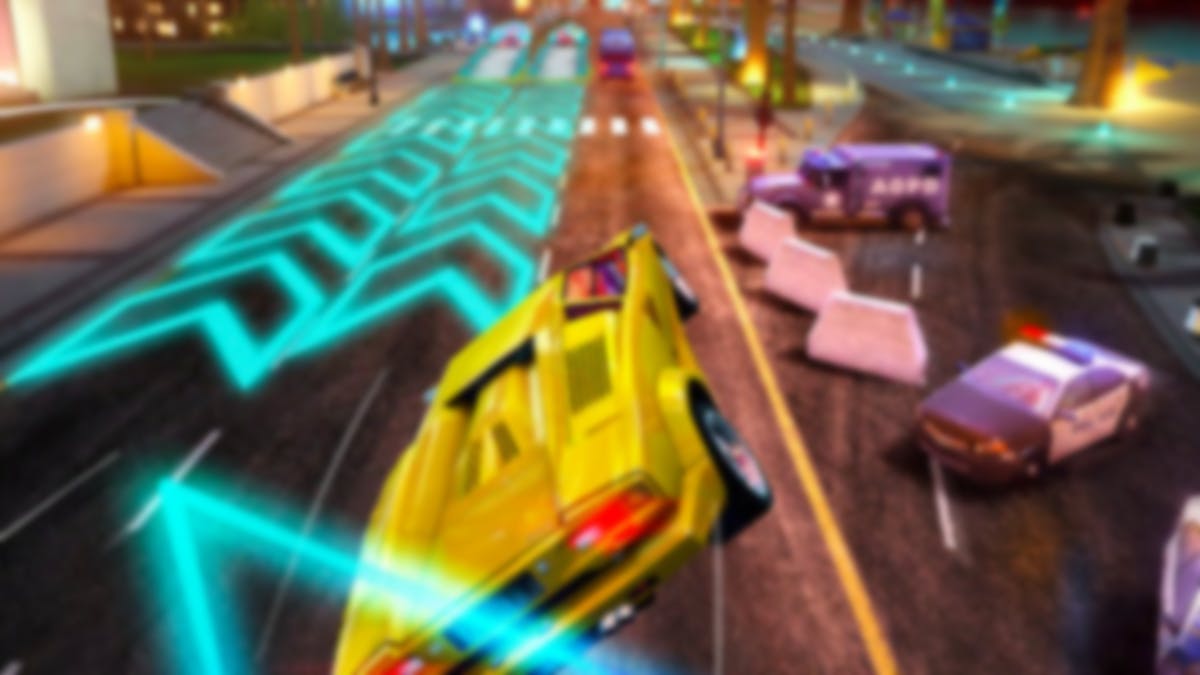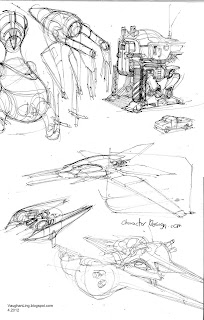

7 Nostalgia for music usually tends to involve familiarity “a person’s relationship to a given song may be expressed as how familiar they are with it, as well as the degree to which the song is associated with a personal memory. 5 Barret and Petr Janata suggest that “nostalgia is often evoked by personally salient music,” 6 while, for music that is unfamiliar, it is unlikely that autobiographical memories will be evoked. An examination of listeners’ narrative explorations of these genres posted online suggests that users engage knowingly and willingly with this “reconstructed nostalgia.” Ultimately, this forms a collaborative and collective universe used by listeners as a method of escapism, through both their own imaginations and online comments.įor Frederick Barret et al., nostalgia is a “complex emotion that gives rise primarily (albeit not exclusively) to positive affect and serves to counteract sadness and loneliness,” frequently triggered by music. Through a discussion of the visual and musical connections that draw these genres together, the concepts of nostalgia in music (as well as the related concept of “reconstructed nostalgia”) are explored. This article argues that the re-interpretation of cultural memory is an important structural feature in chillwave, synthwave, vaporwave, and vaporwave subgenres such as mallsoft and the associated Japanese “city pop” revival. The memories evoked, however, tend to rely on unrealistic depictions of reality and center on times and places that have perhaps only existed in the listener’s imagination.
Although these genres certainly approach nostalgia in different ways, they each rely on imagery that evokes nostalgic feelings or memories in a form of collective, imaginative self-soothing. This is the case for both the cover art used for these releases, as well as compositional techniques used in the music itself.

In chillwave, synthwave, vaporwave, and their respective subgenres, a common element is the thread of nostalgia, constant in each.


 0 kommentar(er)
0 kommentar(er)
